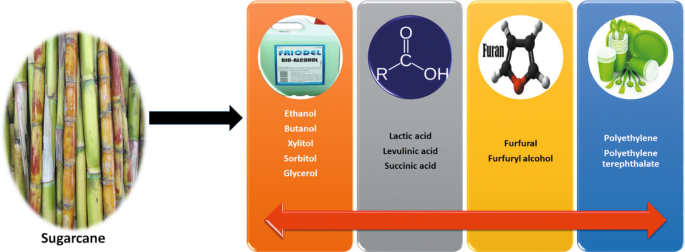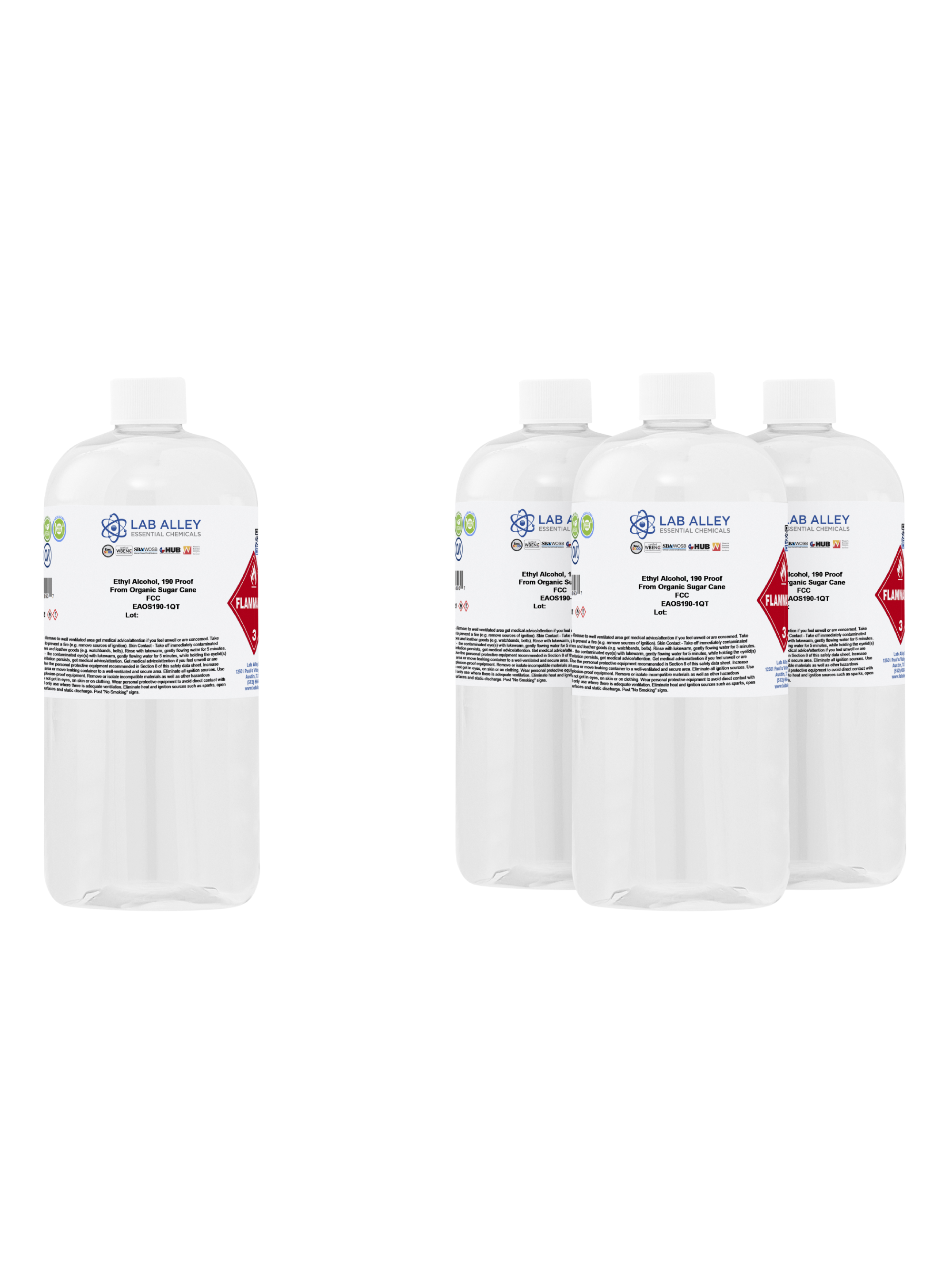What Is Sugar Cane Used For to Support Green Initiatives?
Wiki Article
The Multifaceted Usages of Sugar Walking Cane: From Food Products to Biofuels
Sugar Cane is a plant with varied applications that prolong far past straightforward sugar. Its products range from granulated sugar and molasses to fermented alcohols and sustainable packaging materials. Additionally, it contributes in the manufacturing of sustainable biofuels. Comprehending these multifaceted usages exposes the ecological and economic value of sugar Cane farming. The effects of its cultivation practices raise inquiries worth discovering additionally.The Duty of Sugar Cane in Sweetener Production
Although sugar Cane is usually linked mostly with its wonderful flavor, it plays a vital role in the manufacturing of different sweeteners worldwide. The process begins with removing juice from sugar walking stick, which is after that made clear and evaporated to create raw sugar. This raw sugar undertakes further improvement to develop granulated sugar, widely used in houses and markets. In enhancement to typical granulated sugar, sugar Cane is likewise the resource of molasses, a thick syrup that is and preserves numerous nutrients made use of in baking and cooking.In addition, sugar Cane offers as the foundation for creating alternate sugar like high-fructose corn syrup and specific synthetic sweeteners, which are significantly prominent in food and beverage production. The adaptability of sugar Cane in sugar production not just pleases customer need for sweet taste yet also sustains different food markets, highlighting its relevance past simple flavor.
Sugar Cane in Food Products Beyond Sweeteners
Sugar Cane provides different dietary benefits that extend beyond its role as a sugar. Its convenience in cooking applications has resulted in innovative uses in a series of foodstuff, boosting flavors and textures. This expedition highlights the wider contributions of sugar Cane to the food industry.Nutritional Perks of Sugar Walking Stick
The dietary benefits of sugar Cane expand much past its popular duty as a sweetener. This functional plant is rich in vital vitamins and minerals, including calcium, iron, potassium, and magnesium. Additionally, sugar Cane has anti-oxidants that assist combat oxidative stress and anxiety in the body. Its high fiber material aids in food digestion and promotes gut wellness, making it a useful addition to the diet plan. Sugar Cane juice is usually taken in for its hydrating properties and all-natural power boost, supplying a resource of quick carbohydrates. The visibility of phytonutrients includes in its health benefits, possibly sustaining immune feature. Generally, sugar Cane provides an array of dietary benefits, adding to a balanced and health-conscious way of living.Culinary Applications and Advancements
While frequently identified largely for its sweetness, sugar Cane has arised as a cutting-edge active ingredient in different cooking applications past traditional sweeteners. Chefs and food producers are progressively making use of sugar Cane juice and syrup to boost taste accounts in savory dishes, marinades, and sauces. Its natural sweet taste equilibriums seasonings and level of acidity, making it a functional part in international foods. In addition, sugar Cane fibers are discovering their method into gluten-free flours, offering appearance and nutritional advantages. Cutting-edge desserts, such as sugar Cane sorbets and sweets, display its unique taste, while beverages like sugar Cane mixed drinks and teas highlight its invigorating top qualities. These cooking improvements demonstrate sugar cane's possibility to change contemporary gastronomy.
The Manufacturing of Alcoholic Beverages From Sugar Walking Cane
Changing sugar Cane into alcohols showcases the flexibility of this exotic plant. The fermentation of sugar Cane juice or molasses leads to a variety of popular beverages, including rum, cachaça, and aguardiente. These beverages are deeply rooted in the cultures of sugar-producing areas, specifically in the Caribbean and South America.The production procedure begins with the extraction of juice from newly collected sugar cane, which is after that fermented using yeast. This fermentation transforms the sugars into alcohol, generating a base that can be distilled for greater alcohol material. Distillation methods differ, influencing the taste profiles and features of the final item.
Furthermore, maturing in barrels can improve the intricacy and depth of flavors in spirits like rum. On the whole, the makeover of sugar Cane right into alcoholic beverages not just highlights its farming importance yet also contributes greatly to the worldwide drink industry, using rich and varied experiences for customers.
Sugar Cane and Its Use in Biodegradable Packaging
Sugar cane's adaptability expands beyond beverage production to cutting-edge applications in biodegradable product packaging. This renewable energy is progressively being used to develop environmentally friendly product packaging remedies that reduce reliance on petroleum-based plastics. Originated from the coarse deposit of sugar walking cane, recognized as bagasse, manufacturers can generate biodegradable materials that break down a lot more promptly than typical plastics.These sugar cane-based product packaging items use a lasting option for different industries, consisting of food and durable goods. They not just reduce environmental influence but additionally line up with the expanding consumer demand for sustainable techniques. Additionally, sugar Cane packaging can be engineered to maintain sturdiness while being lightweight, guaranteeing that it satisfies the functional requirements of services.
As environmental issues escalate, the change towards biodegradable products, such as those obtained from sugar walking stick, presents an encouraging course toward sustainable product packaging remedies that add to a circular economic situation.
Discovering Sugar Cane as a Sustainable Biofuel
As the globe looks for sustainable energy resources, sugar Related Site Cane emerges as a promising prospect for sustainable biofuel production. This versatile crop can be exchanged ethanol, a cleaner-burning alternative to fossil gas - What Is Sugar Cane Used For. The fermentation process utilizes the sugars extracted from the walking cane, leading to a renewable resource source that considerably reduces greenhouse gas emissions contrasted to traditional gasSugar cane's high power yield per hectare additional boosts its feasibility as a biofuel. It can be cultivated in numerous climates, making it obtainable for numerous areas, especially in exotic and subtropical areas. In addition, the by-products of sugar Cane handling can be made use of in producing power, adding one more layer of sustainability to its usage. The adoption of sugar cane-based biofuels not just advertises power independence however additionally supports farming economic climates. Consequently, sugar Cane stands apart as a lasting remedy in the global shift towards renewable energy.
Nutritional Benefits of Sugar Cane and Its Results
The potential of sugar Cane prolongs past its role in lasting biofuel production; it likewise uses significant nutritional benefits. Rich in necessary nutrients, sugar Cane gives crucial minerals such as potassium, magnesium, and calcium, which contribute to overall health. Furthermore, its juice is an all-natural resource of anti-oxidants, aiding to fight oxidative tension in the body.Sugar Cane byproducts, such as molasses, even more improve its nutritional account. Molasses is high in iron, making it a beneficial enhancement for those seeking to improve their iron consumption. Both sugar Cane and its byproducts have nutritional fiber, which helps digestion and advertises a healthy and balanced gut.

The Ecological Effect of Sugar Cane Farming

Alternatively, the farming process can cause numerous environmental challenges. Deforestation frequently occurs to make way for sugar Cane areas, which interferes with ecological communities and biodiversity. Furthermore, the hefty use plant foods and pesticides can cause soil deterioration and water contamination, influencing local wildlife and neighborhoods. Additionally, the extensive irrigation called for in some areas can diminish water sources, leading to scarcity.
Regularly Asked Questions
Just How Does Sugar Cane Affect Dirt Wellness Throughout Farming?
The farming of sugar Cane substantially influences dirt wellness. It can enhance dirt framework and fertility with organic matter enhancement, however extreme use of plant foods might cause nutrition depletion and dirt destruction gradually.What Are the Economic Advantages of Sugar Cane Farming?
The economic advantages of sugar Cane farming include task production, enhanced neighborhood income, and contributions to nationwide GDP. Additionally, sugar walking cane's adaptability allows for varied market chances, improving farmers' financial stability and advertising farming growth.
Can Sugar Cane Be Grown in Non-Tropical Regions?
Sugar Cane can be grown in non-tropical areas, gave the climate is appropriately cozy and frost-free. What Is Sugar Cane Used For. Adaptation techniques, such as choosing appropriate selections and using watering, can boost its development possibility in these locationsWhat Pests and Diseases Impact Sugar Cane Crops?
Insects such as sugarcane borers and aphids, together with illness like red rot and corrosion, substantially influence sugar Cane click here for info plants. These hazards can lower return and top quality, demanding efficient monitoring methods for farmers.Just How Is Sugar Cane Harvested and Processed?
Sugar Cane is commonly collected by reducing the stalks short. After gathering, the Cane is delivered to processing facilities where it is squashed to draw out juice, which is after that improved into numerous items.Sugar Cane is a plant with varied applications that expand much past simple sugar. The process starts with drawing out juice from sugar cane, which is then cleared up and vaporized to create raw sugar. Ingenious desserts, such as sugar Cane sorbets and sweets, display its distinct flavor, while drinks like sugar Cane mixed drinks and teas highlight its invigorating qualities. The visibility of vitamins, especially B vitamins, in sugar Cane supports power metabolic process and overall health (What Is Sugar Cane Used For). On one hand, sugar Cane check out here is a sustainable resource that can add to sustainable farming and offer biofuels, reducing dependence on fossil fuels
Report this wiki page